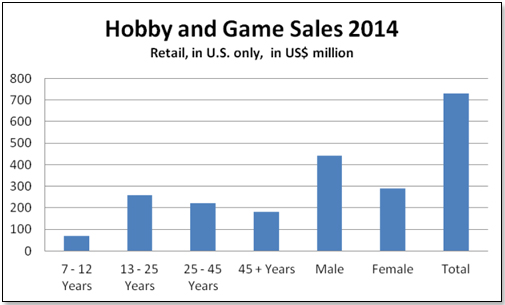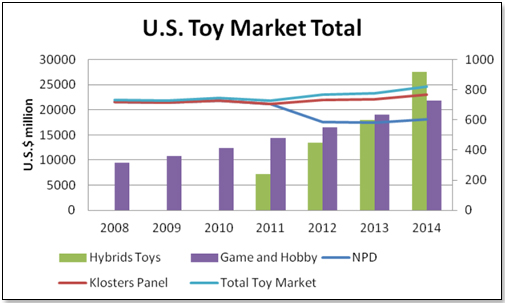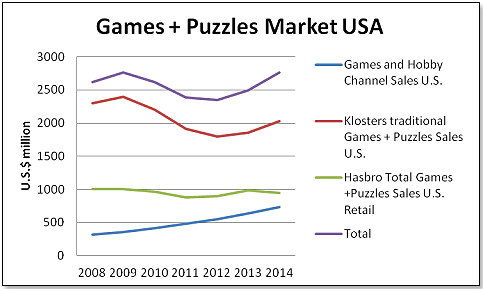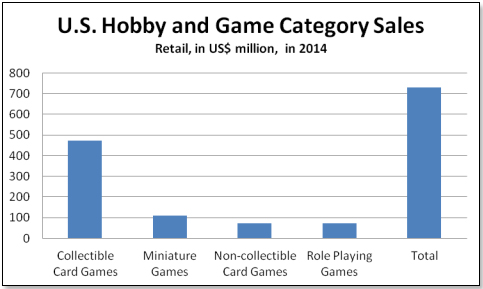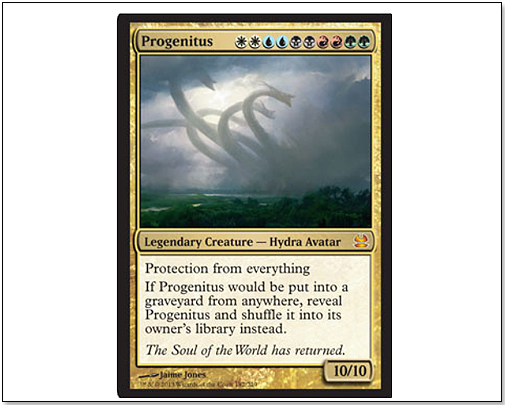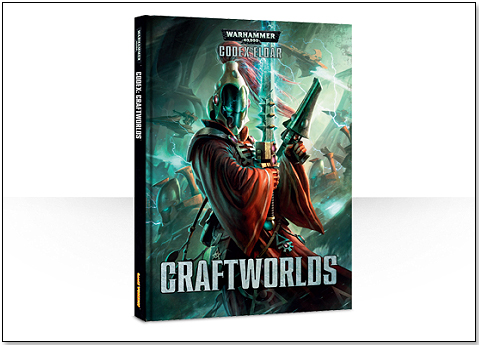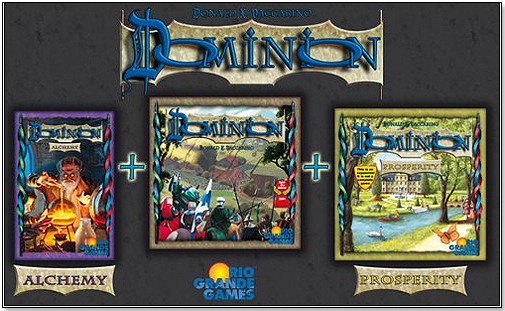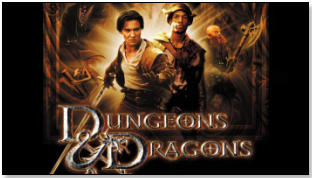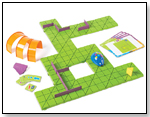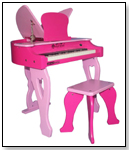|
|
The Hobby Market – a Force in Toys Mary Couzin, CEO of the Chicago Toy & Game Group, read a recent article of mine and pointed out to me that the Hybrids (Skylanders, etc.) were not the only category excluded from most toy industry statistics. She rightly said that there was an equally large group, the Game and Hobby retailers, that was being ignored by NPD and which deserved recognition as a valid and important segment of the U.S. toy industry. In fact, the Games and Hobby market is a channel often overlooked by most toy industry experts. There are about 5000 game and hobby stores in the U.S. and they tend to be relatively small and single units, typically outside the normal supply chain that connects toy manufacturers to the regular toy retailers, and catering to a population that is distinctly different from the traditional toy consumer group. There are a couple of things that are truly remarkable about this niche of the toy market. One is that it is generally not included in overall market statistics because the data are very difficult to come by. Secondly, whilst the traditional toy market has been flat, up a mere 6% since 2008, the Hobby and Game market in the same period more than doubled. Thirdly, none of the major toy manufacturers, with the exception of Hasbro, has a stake in it. To reach them generally means going through the store distributors, who buy inventory from a variety of vendors with the intention of reselling them to hobby stores. For a manufacturer specialized in this space this is a cost efficient method to reach its customers, because distributors already have established relationships with the stores and are better able to promote new products. It also explains why traditional toy manufacturers and the statistical companies catering to them ignore this entire space. Unlike the traditional toy consumer group which ranges from the ages of two up to about twelve and is pretty evenly split between boys and girls, the demographics applying to the Game and Hobby channel are quite different – much more akin to the Video Game market place: | |||||||||||||||||||||||||||||||||||||||||||||||||||||||||||||||||||||||||||||||||||||||||||||
| Rank | Game | Company |
| 1 | Magic the Gathering | Wizards of the Coast/Hasbro |
| 2 | Yu Gi Oh! | Konami Digital Entertainment |
| 3 | Pokemon | Pokemon USA |
| 4 | Marvel and DC HeroClix | WizKids/NECA |
Miniature Games are a form of war gaming that incorporates miniature figures, miniature armour and modelled terrain as the main components of play. Like other types of war games, they can be generally considered to be a type of simulation game, generally about tactical combat, as opposed to computer or board war games that have greater variety in scale.
The miniatures and scenario items at the core of the model war-gaming experience are available in different scales, and many sets of rules are written with the assumption that a particular scale is being used.
The top Miniature Games sold in the channel last year were:
| Rank | Game | Company |
| 1 | Warhammer 40K |
Games Workshop |
| 2 | Warmachine/Horde | Privateer Press |
| 3 | Firestorm Planetfall | Spartan Games |
| 4 | StarTrek Attack Wing | WizKids/NECA |
A good example for non-collectible card games is Dominion, a deck-building game published by Rio Grande Games. Each player uses a separate deck of cards to which only they have access; players draw their hands from their own decks, not others'. During turns, players use their cards to perform various actions and purchase cards from a common pool of card stacks available to all players, including those that give them more actions, coins to purchase cards, and victory cards that are otherwise valueless during the game. At the end of the game, defined when certain common stacks are exhausted, the player with the highest number of victory points wins. The game has a light medieval theme, with card names that reference pre-industrial, monarchical, and feudal social structures.
The top Non-Collectible Card Games sold in the channel last year were:
| Rank |
Game | Company |
| 1 | Munchkin | Steve Jackson Games |
| 2 | Dominion | Rio Grande Games |
| 3 | Android Netrunner | Fantasy Flight Games |
| 4 | Ascension | Stone Blade Entertainment |
A role-playing game (RPG) is a game in which each participant assumes the role of a character, generally in a fantasy or science fiction setting, that can interact within the game's imaginary world and where the outcomes are partially determined by chance as by the roll of a dice. It must have three characteristics. One is a setup that describes the skill aspects of the character played. The second is that there is a method by which these skill aspects can be strengthened – mostly by increasing experience levels. Thirdly, there must be a menu-driven combat system that utilizes the skills of the character played.
The top Role Playing Games sold in the channel last year were:
| Rank | Game | Company |
| 1 | Dungeons and Dragons | Wizards of the Coast/Hasbro |
| 2 | Pathfinder | Palzo Publishing |
| 3 | Iron Kingdoms | Privateer Press |
| 4 | Star Wars | Fantasy Flight Games |
 Writer's Bio: Lutz Muller is a Swiss who has lived on five continents. In the United States, he was the CEO for four manufacturing companies, including two in the toy industry. Since 2002, he has provided competitive intelligence on the toy and video game market to manufacturers and financial institutions coast-to-coast. He gets his information from his retailer panel, from big-box buyers and his many friends in the industry. If anything happens, he is usually the first to know. Read more on his website at www.klosterstrading.com. Read more articles by this author
Writer's Bio: Lutz Muller is a Swiss who has lived on five continents. In the United States, he was the CEO for four manufacturing companies, including two in the toy industry. Since 2002, he has provided competitive intelligence on the toy and video game market to manufacturers and financial institutions coast-to-coast. He gets his information from his retailer panel, from big-box buyers and his many friends in the industry. If anything happens, he is usually the first to know. Read more on his website at www.klosterstrading.com. Read more articles by this author
| ||||||||||||||
| ||||||||||||||
Disclaimer Privacy Policy Career Opportunities
Use of this site constitutes acceptance of our Terms of Use.
© Copyright 2025 PlayZak®, a division of ToyDirectory.com®, Inc.

